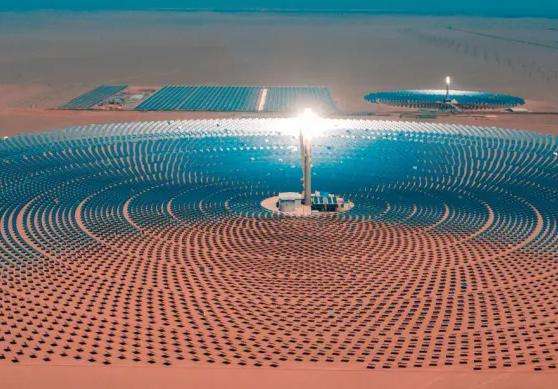Second Prize of Jiangxi Provincial Natural Science Prize (2005), Third Prize of Scientific Progress of Chinese Academy of Sciences (1990), First Prize of Outstanding Doctorate of Institute of Applied Chemistry of Changchun, Chinese Academy of Sciences (1998), Advanced Worker of Jiangxi Province (2005). In 2004, he benefited from special allocations from the Council of State. He has filed 6 national and international patents and published 80 scientific articles, of which more than 50 are included in SCI or EI. Many influential articles have been published in Advanced Materials, J. Am. Chem. ., "Advanced Functional Materials" and Macromolecules and other internationally renowned academic journals, ISI can search for articles cited more than 580 times, with an H index of 12.
The main direction of Dr. Hou's research involves polymer nanofibers. The diameter of the nanofibers is very small (about one thousandth of the diameter of a hair).The formed membrane or fabric not only has excellent filtration performance (filtering dust, bacteria, viruses), but also has a large specific surface area and can effectively adsorb chemicals. Toxic gases, functionalized nanofiber membranes or fabrics can further decompose toxic gases. High-strength nanofiber membranes or fabrics will be used to make comfortable clothing, effective anti-terrorism uniforms, military uniforms, medical sanitary clothing, etc. High-efficiency filters are used in air purification or internal circulation and ultra-quiet operation of aircraft; and buildings in low air areas. Air purification in factories, turbine power plants, battle tank engines, etc. ; it can also be used in environmental protection projectssuch as wastewater treatment and exhaust gas dust removal. Dr. Hou currently chairs 1 major basic research project of the 2004 “973” pre-research project of the Ministry of Science and Technology, 2 projects of the National Natural Science Foundation, 1 major scientific and technological project of the Ministry of Science and Technology. 'Education, 3 major provincial projects and ministerial-level projects and 1 international horizontal cooperation project, 1 scientific research start-up project for the distinguished professor of Jiangxi Normal University.
With the cordial care of the leaders of the Provincial Party Committee and the provincial government, and with the strong support of the Provincial Department of Education, the Department of Science and Technology and Jiangxi Normal University , Dr. Hou established the nanofiber engineering technology of Jiangxi Provincial University in 2004. The research center hascurrently of a pragmatic academic research team consisting of 4 professors (Ph.D.), 2 associate professors (1 Ph.D.) and 2 research assistants, mainly engaged in high-performance polymer materials, polymer nanofibers, carbon Theoretical research and applied to nanofibers and nanostructured carbon materials. The center's research work confirmed that electrospinning technology can be used to prepare polymer nanofibers with a diameter of less than 1 nanometer, which is the smallest reported polymer nanofiber in the world. The results were published in the internationally renowned nanotechnology magazine “Nanotechnology”. February 2006); The center's research work also confirmed that electrospinning technology can also prepare high-strength polymer nanofibers, and achieved 660 MPa oriented polyimide nanofiber and copolym polyimide membrane strength.erized. The strength of the nanofiber membrane reached 1.1 GPa. the results were published in the internationally renowned materials science magazine Advanced Materials" (March 2006) and "Nanotechnology" (December 2007).
This is the highest strength of electrospun nanofibers reported in the world Recently, the center cooperated with the Department of Mechanics of the University of Nebraska-Lincoln in the United States and discovered the size effect on the mechanical properties of electrospun polymer nanofibers. an important factor affecting the strength of nanofibers with a diameter of 50 nm has been measured. The strength of imide nanofibers can reach 6
GPa. This exciting result will soon be published in an international academic journal. At the same time, the carbonized nanofibers studied by the center have also made great progress in the application of electrode materials.When this carbonized nanofiber fabric is used as a supercapacitor electrode (double-layer electric type), the capacitance reaches 350F/g. which is more than twice the capacity of general supercapacitors (double-layer electric type). The research results are being applied for patents and will be published in highly influential international academic journals.














